by Chris Miskimon
During the Japanese attack on Pearl Harbor on December 7, 1941 the primary target was Battleship Row. These capital ships had to suffice since the American carriers were away. Among the battleships lined up alongside Ford Island was the USS West Virginia, a 20-year-old warship with a crew of over a thousand. During the battle the ship took seven torpedo hits along the port side along with two bomb strikes around its superstructure. The ship rapidly flooded, settling on the floor of the harbor with her superstructure above water.
In the aftermath of the attack frantic efforts were made to save survivors trapped below decks on the sunken and damaged ships. Hulls were cut open and divers darted beneath the waves in desperate attempts to save them. The minesweeper Tern lay alongside the “Weevee,” as the battleship was nicknamed, playing water over the fires burning aboard her. When the fires were extinguished at 2PM, the Tern moved over to the Arizona. Commander D. H. Clark, the Fleet Maintenance Officer, reported on December 9 the West Virginia was “doubtful,” estimating 12 to 18 months for repairs if she could be saved at all.
Stripped for Useful Items
Since the ship couldn’t be quickly salvaged, it was stripped for useful items. Guards were posted on the ship starting on December 8 to protect against looting, theft or espionage. Sentry duty aboard the half-sunken wreck of their former home was a sad time for them. During the quiets times some sailors reported hearing tapping noises coming from below decks. They believed the noise came from trapped crew members signaling desperately for help. There were some 70 men missing from the ship’s complement. Their officers told them it was only the sound of wreckage and loose items floating in and around the ship, banging into the hull.
Not As Bad as First Suspected
Several 5-inch guns were removed and installed on other ships and shore batteries. Weeks later divers inspected her damage and learned it was not as bad as first suspected; the ship could be refloated and repaired sooner than expected. On December 23 inspectors went through the upper decks, finding burn damage and opened lockers as if someone looted the ship in the aftermath. Larger items such as the main guns, masts and stacks were removed, lightening the ship in preparation for refloating her.
Next began the process of sealing her hull. As diver’s inspected the ship, they found a previously unseen torpedo hit at her stern. The ship had suffered extensive damage; whole compartments were essentially open to the sea. Painstakingly, these holes were patched and covered in order to refloat the ship so permanent repairs could be made. Eventually, these efforts paid off and they were ready to return the battleship to life.
Disturbing Discoveries
Pumps began to slowly send water flowing out of the ship. Decomposed bodies were found and carefully placed into waiting body-bags. Valuables were collected and cataloged. If the owners could be identified the items were returned; the rest were auctioned for the crew’s emergency fund. On 17 May USS West Virginia was floating again after over five months. Work went on to prepare the ship for dry dock and finish cleaning out the flooded decks. Even a few .50-caliber machine guns were mounted in case of another Japanese air attack.
It was only on May 27 the most disturbing discoveries of the salvage operation were made. In the aft engine room, several bodies were found lying on steam pipes. They had evidently been able to survive a short time in an air pocket, suffocating when the oxygen finally ran out. Worse still was found in compartment A-111, a storeroom. When the door to this compartment was opened, only three feet of water was inside. On the shelves of the storeroom lay the bodies of three sailors, Louis Costin, 21, Clifford Olds, 20, and Ronald Endicott, 18. With them was a calendar with the dates December 7 to 23 marked off in red pencil. There were emergency rations and access to a fresh water tank in the compartment.
Each man had a watch, enabling them to mark the passage of time. The crew was horrified by the news, especially divers that had sounded the hull and listened for replies but heard nothing. The sentries who reported hearing banging below were angry, though whether anything could have been done at the time is debatable. The matter was a subject of quiet discussion among crew members for years after.
USS West Virginia was rebuilt and served out the war mainly as a fire support vessel for amphibious landings. She did serve at the Battle of Surigao Strait, the last big-gun ship battle. West Virginia was also present at the Japanese surrender in Tokyo Bay. Decommissioned after the war, she was sold for scrap in 1959.
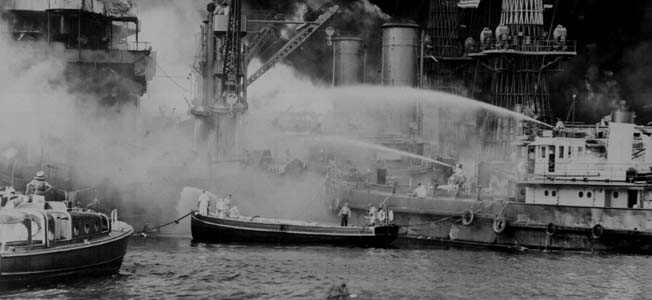
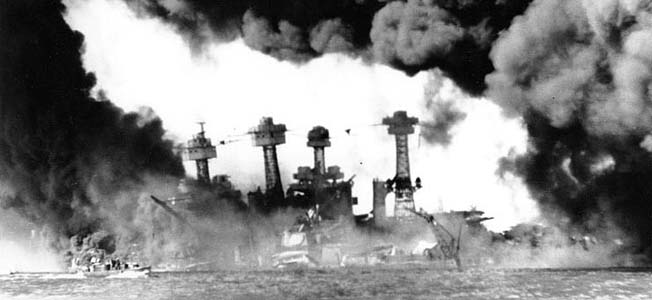
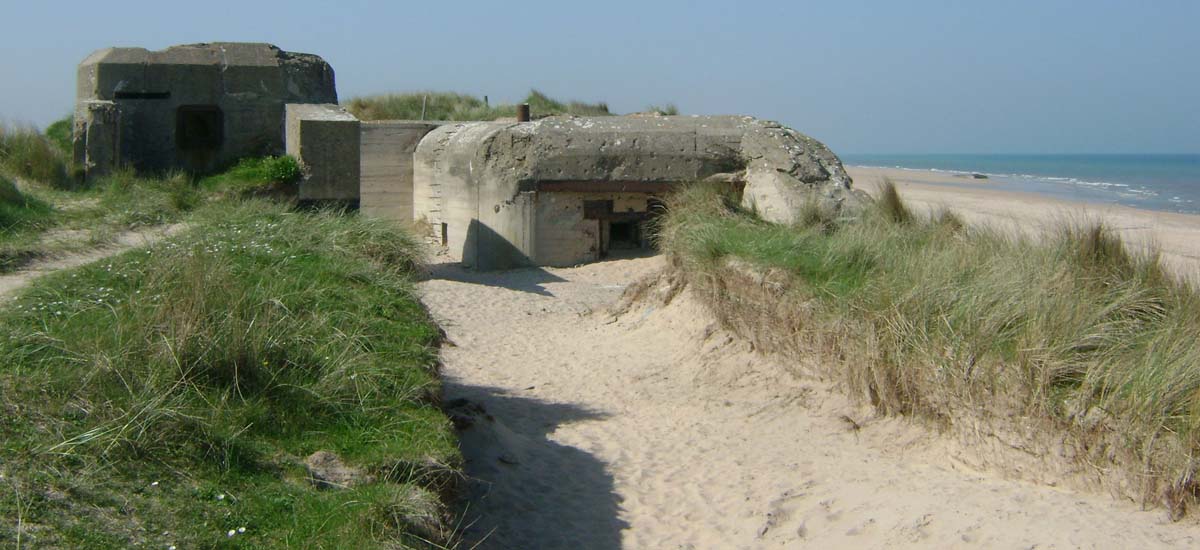


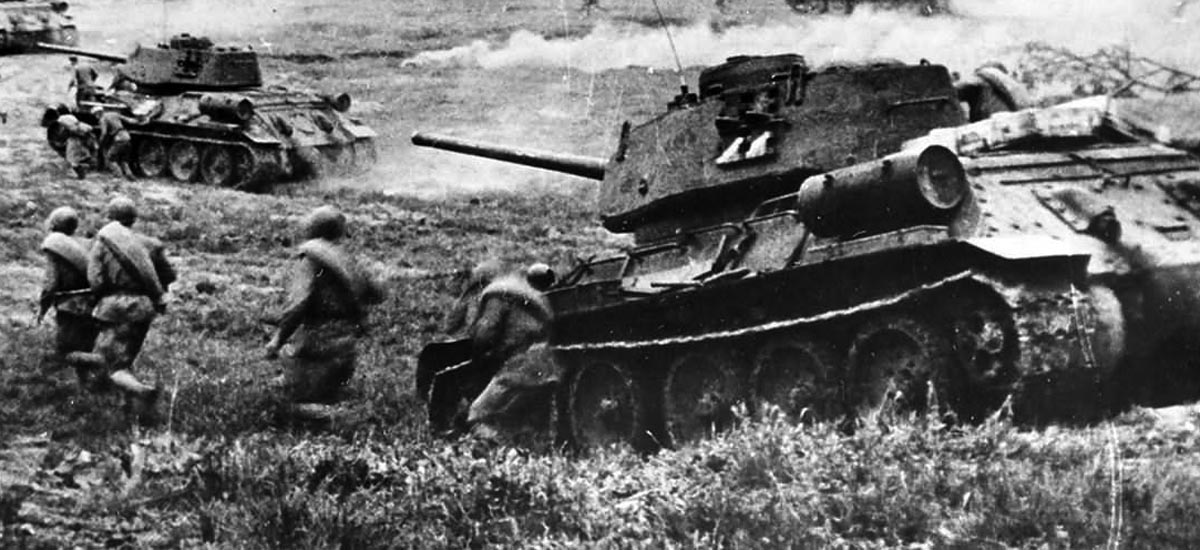
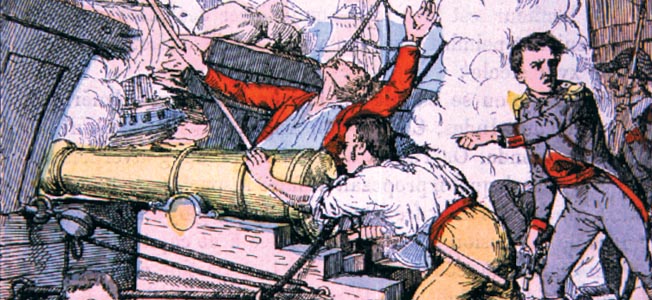
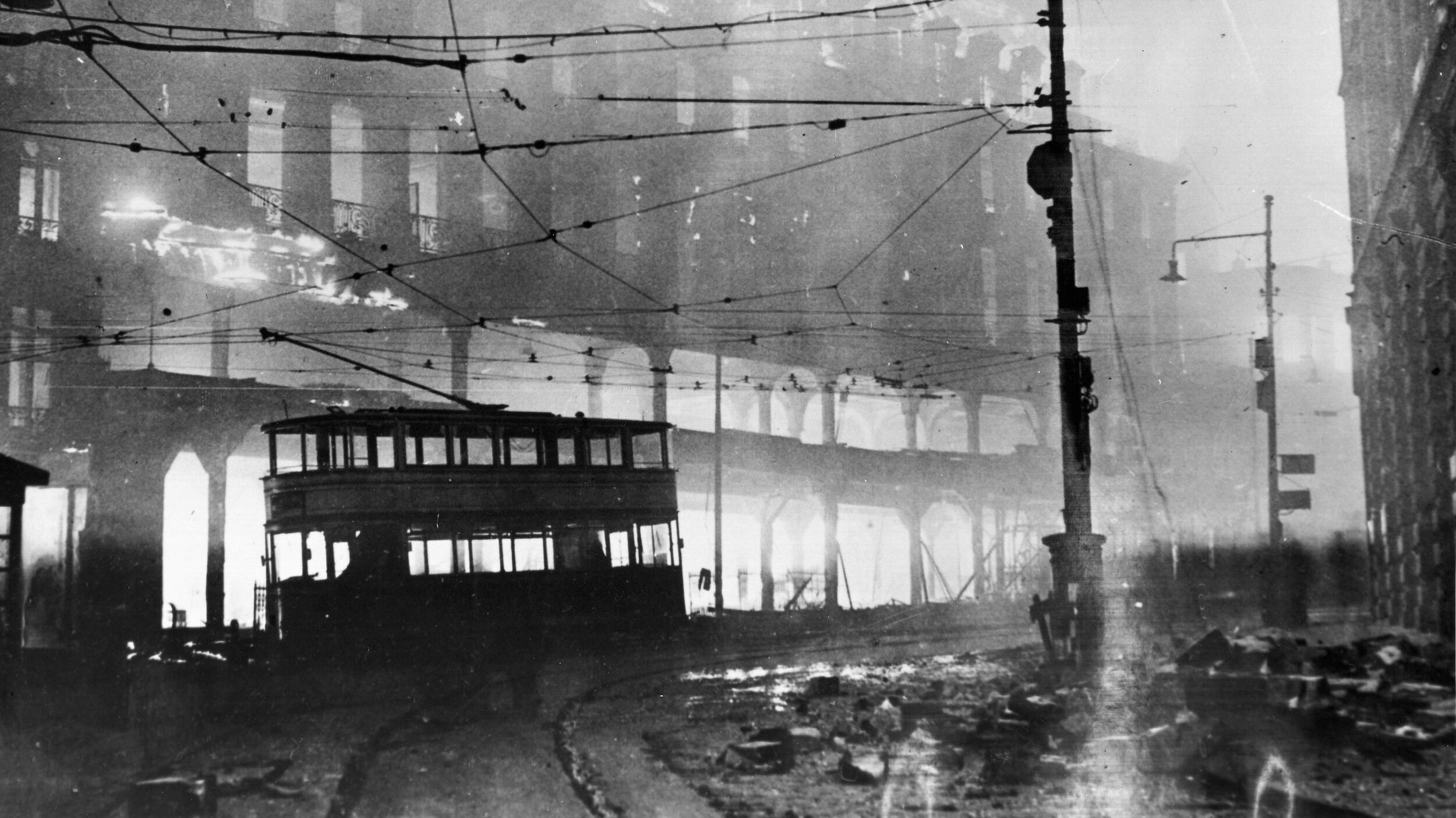
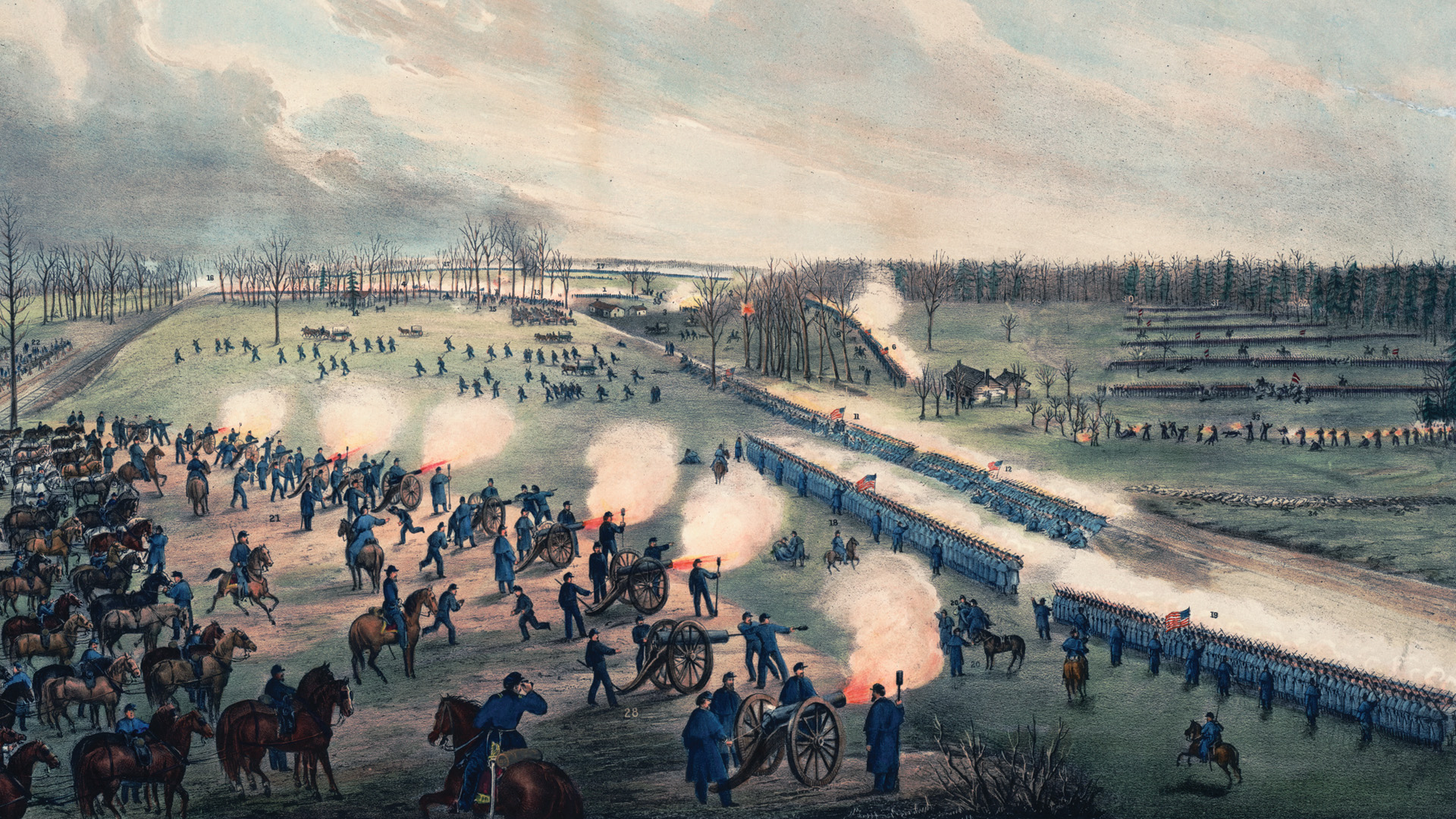

Join The Conversation
Comments
View All Comments